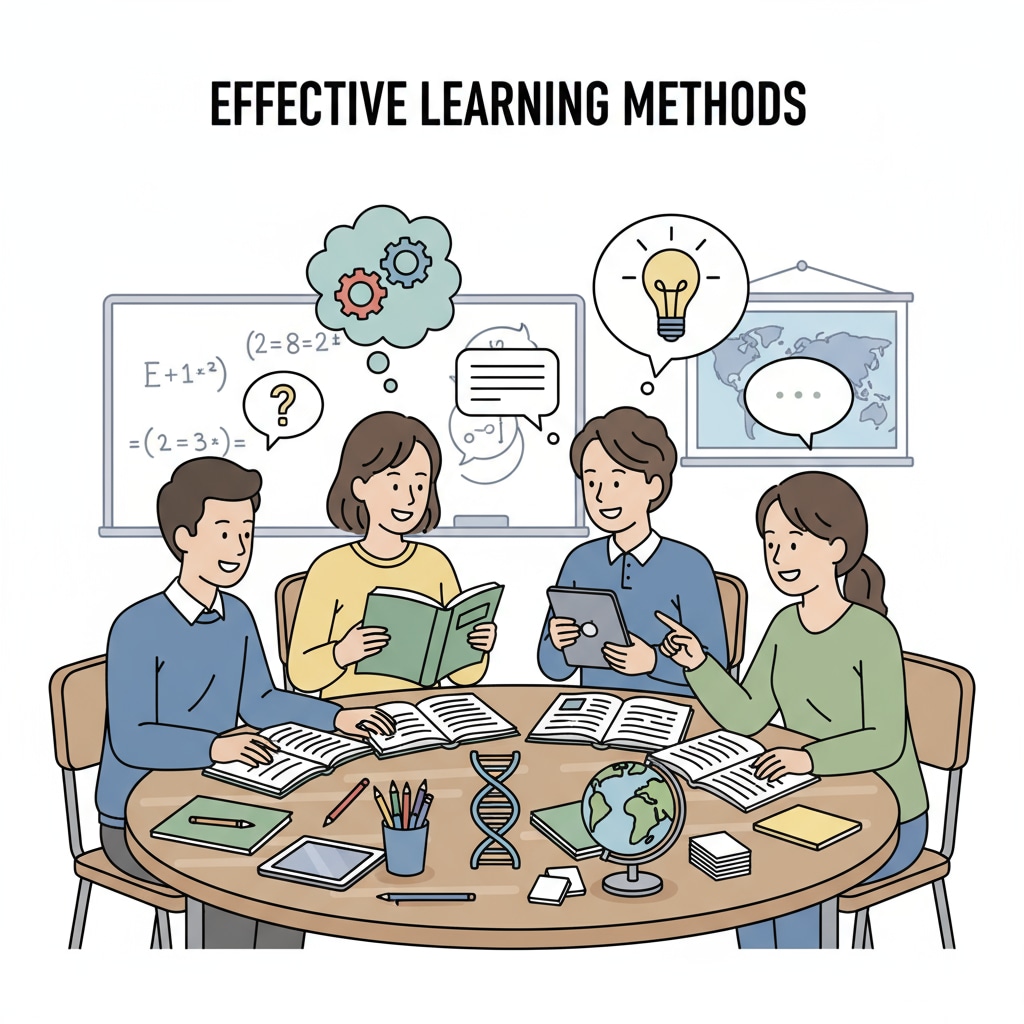In the competitive landscape of K12 education, mastering effective learning methods is the key to achieving high scores, especially those coveted marks above 90%. This article delves into proven strategies that can help students consistently reach this academic milestone.

Active Learning: The Foundation of Success
Active learning is not just about sitting in class and listening passively. It involves engaging with the material, asking questions, and participating actively in discussions. According to Wikipedia’s entry on active learning, this approach helps students better understand and retain information. For example, instead of simply reading a textbook, students can summarize the content in their own words, create mind maps, or teach the material to a friend. This hands-on approach makes learning more meaningful and increases the likelihood of achieving high scores.

Spaced Repetition: Strengthening Memory
Spaced repetition is a powerful learning technique that involves reviewing information at increasing intervals over time. This method, as explained on Britannica’s page on spaced repetition, helps transfer information from short-term to long-term memory. By scheduling regular reviews of class notes, flashcards, or important concepts, students can ensure that they don’t forget what they’ve learned. For instance, a student might review a set of flashcards every day for the first week, then every three days, and gradually increase the intervals. This way, the knowledge becomes ingrained in their memory, leading to better performance on exams and achieving scores above 90%.
Another crucial aspect of effective learning is achieving a deep understanding of the material. It’s not enough to memorize facts; students need to understand the underlying concepts and how they relate to each other. This can be achieved through critical thinking, analyzing examples, and discussing complex ideas with teachers and peers. When students truly understand the subject matter, they are better equipped to answer various types of questions on exams and demonstrate their knowledge, which is essential for attaining high scores.
In conclusion, by adopting active learning, spaced repetition, and striving for deep understanding, students in the K12 stage can significantly improve their chances of consistently achieving scores above 90%. These learning methods not only lead to academic success but also cultivate lifelong learning skills that will benefit students in the future.
Readability guidance: As seen above, we’ve used short paragraphs and lists to summarize key points. Each H2 section has relevant details presented clearly. We’ve also controlled the use of passive语态 and long sentences, and added transition words like “for example”, “in addition”, etc., throughout the text to enhance readability.


